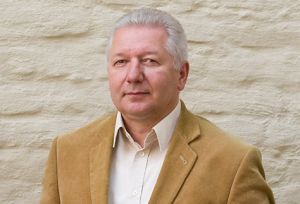Education and Science, EU – Baltic States, Lithuania
International Internet Magazine. Baltic States news & analytics
Thursday, 25.04.2024, 12:51
Vilnius University's archaeologist among co-authors in Nature
 Print version
Print version |
|---|
According to A. Merkevicius "the research team applied new, improved methods to sequence low-coverage genomes from 101 ancient humans from across Eurasia: Northern Italy, Central and Northern Europe, the region between the Black and Caspian Sea, regions to the north and east of the latter, around the Ural Mountains and Siberia. The ancient samples of the Eastern Baltic region population from Estonia and Lithuania have been included as well. New genetic research technology and methodology enabled us to obtain a wide range, fairly reliable information about the ancient inhabitants."
The Bronze Age of Eurasia (around 3000–1000 BC) was a period of major cultural changes. However, there is debate about whether these changes resulted from the circulation of ideas or from human migrations, potentially also facilitating the spread of languages and certain phenotypic traits.
The team demonstrates that the Bronze Age was a highly dynamic period involving large-scale population migrations and replacements, responsible for shaping major parts of present-day demographic structure in both Europe and Asia. The findings are consistent with the hypothesized spread of Indo-European languages during the Early Bronze Age. The researchers also demonstrate that light skin pigmentation in Europeans was already present at high frequency in the Bronze Age, but not lactose tolerance, indicating a more recent onset of positive selection on lactose tolerance than previously thought.








 «The Baltic Course» Is Sold and Stays in Business!
«The Baltic Course» Is Sold and Stays in Business!

